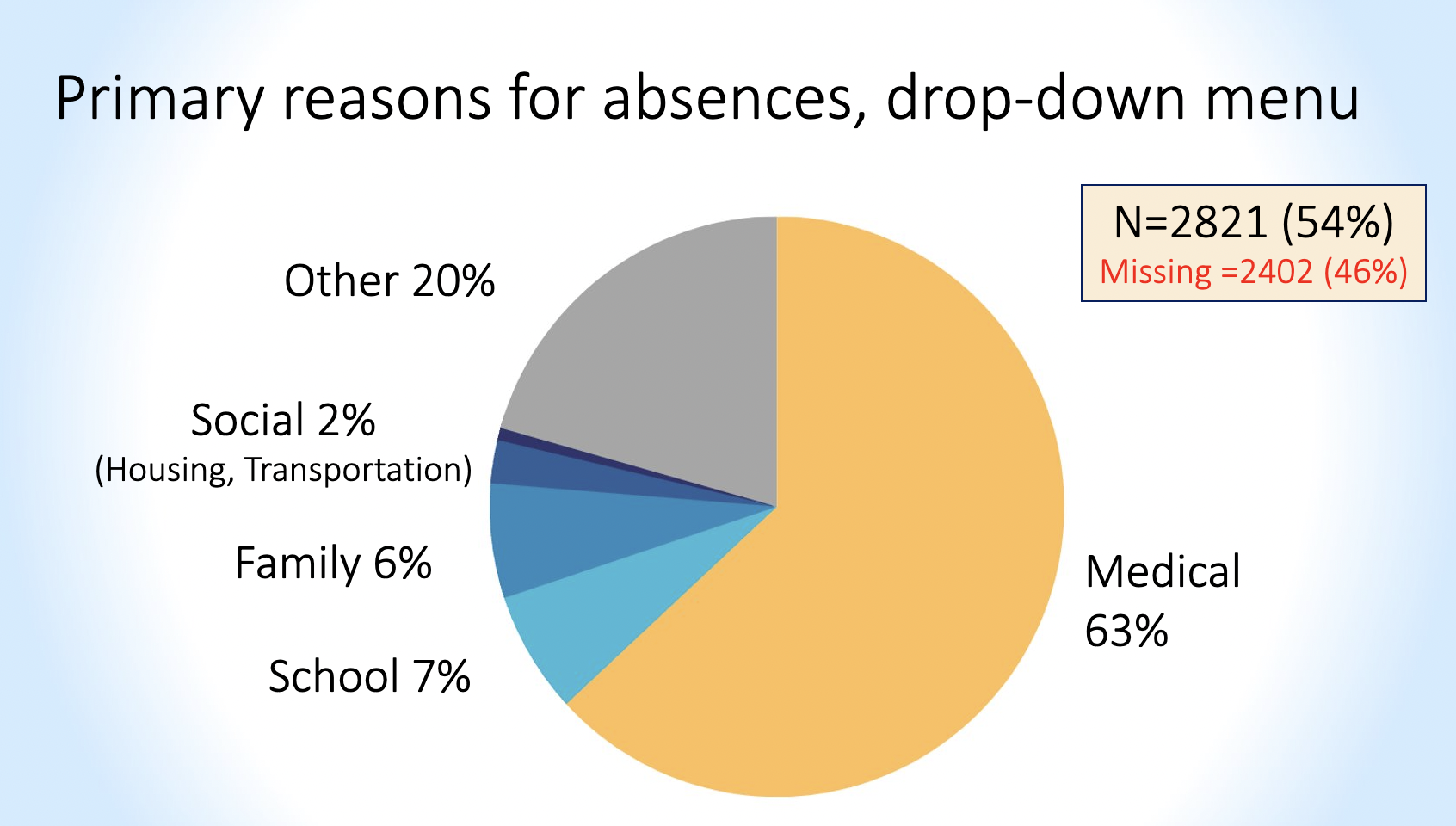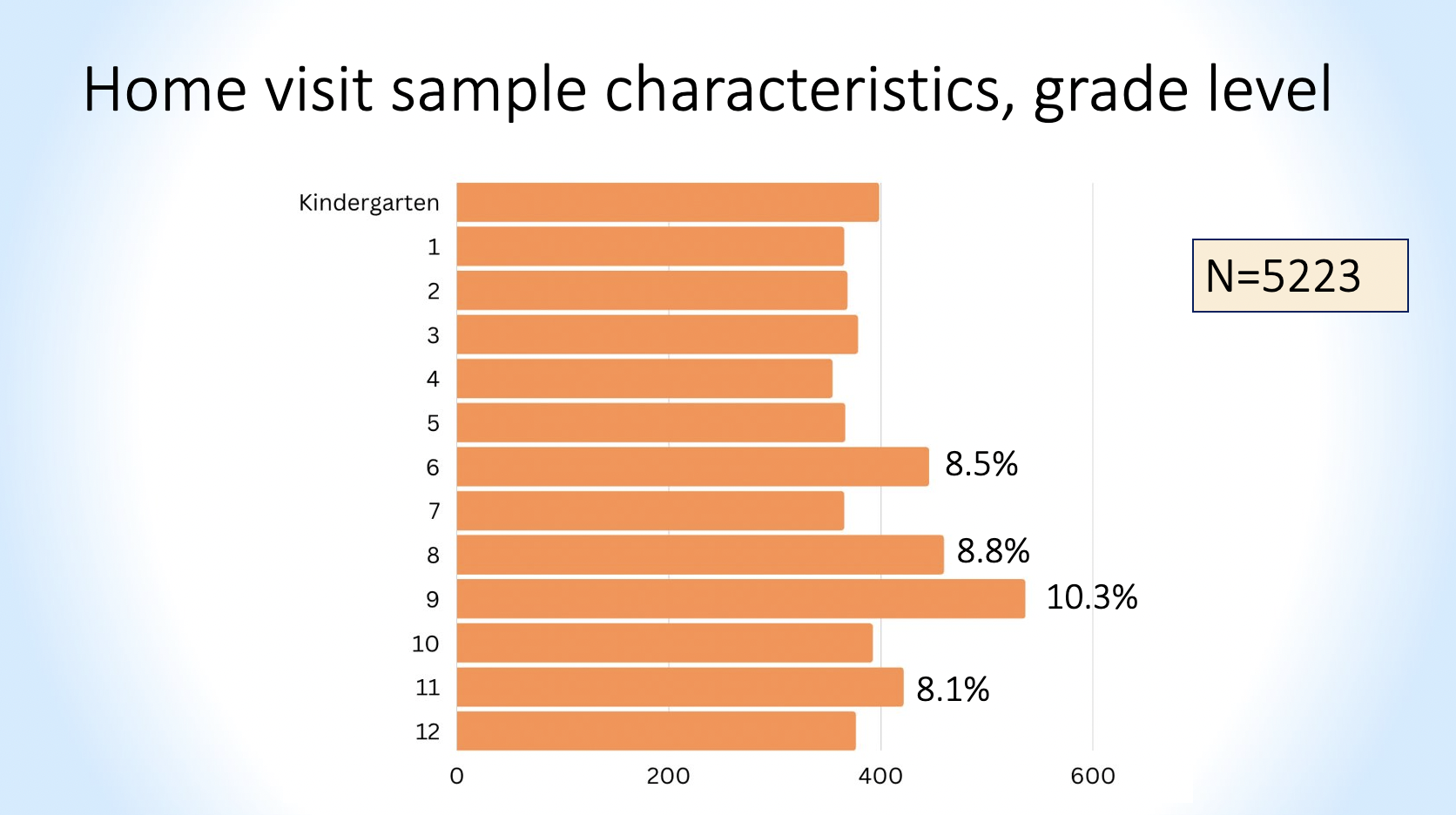Health Equity/Social Determinants of Health
Session: Health Equity/Social Determinants of Health 3
459 - Barriers to School Attendance in the Aftermath of the COVID-19 Pandemic: Learning from the Voices of Families
Friday, May 3, 2024
5:15 PM - 7:15 PM ET
Poster Number: 459
Publication Number: 459.84
Publication Number: 459.84

Michelle Shankar, MD (she/her/hers)
Postdoctoral Fellow
Yale University
New Haven, Connecticut, United States
Presenting Author(s)
Background: In 2022, more than one in four American children met the definition of chronic absenteeism (missing 10% of school days for any reason), doubling pre-pandemic rates, and academic performance is the lowest in decades. Absenteeism is associated with multiple adverse health and educational outcomes, disproportionately impacting low-income, minority children, multilingual learners, and children with disabilities. Prior studies regarding the impact of COVID-19 on school attendance and performance focus on the height of the pandemic; little is known regarding the reasons for the steep increase in chronic absenteeism since schools reopened.
Objective: Among students enrolled in an urban public school district:
1. Identify key drivers of absenteeism [Qualitative]
2. Describe characteristics of students facing barriers in school attendance [Quantitative]
3. Examine trends in qualitative themes by grade level [Integrated]
Design/Methods: In this mixed-methods study designed in collaboration with an urban public school district, we will analyze data from home visits that were conducted between December 2022 and June 2023 with students or caregivers of students who were on track to become chronically absent. We will perform descriptive statistics using Stata v17 and summative content analysis using a blend of inductive and deductive coding via Dedoose analytic software. We will integrate analyses by tabulating codes to determine the most prevalent reasons for school absences in the overall sample and stratified by grade level.
Results: We are analyzing data collected from 5223 home visits. The sample was evenly distributed by grade level, and 6% of initial home visits had multiple children in the household with absences (Figure 1). 2821 (54%) entries included a response to the drop-down menu of main categories for primary barriers to attendance. Of these, 63% listed "Medical" as the primary reason for absences, 7% for school-related issues, 4% for family emergencies, and 2% for homelessness or transportation (Figure 2). Qualitative coding of open field notes for each home visit is ongoing; inductive and deductive codes developed thus far are included in Table 1.
Conclusion(s): Our preliminary findings highlight medical needs as a primary barrier to school attendance, indicating a role for healthcare systems in addressing chronic absenteeism. We hope this study demonstrates the feasibility of cross-sector collaboration and the value of community-based participatory research: leveraging academic research skills to partner with local agencies, answer community-driven questions, and develop policy change.
.png)


